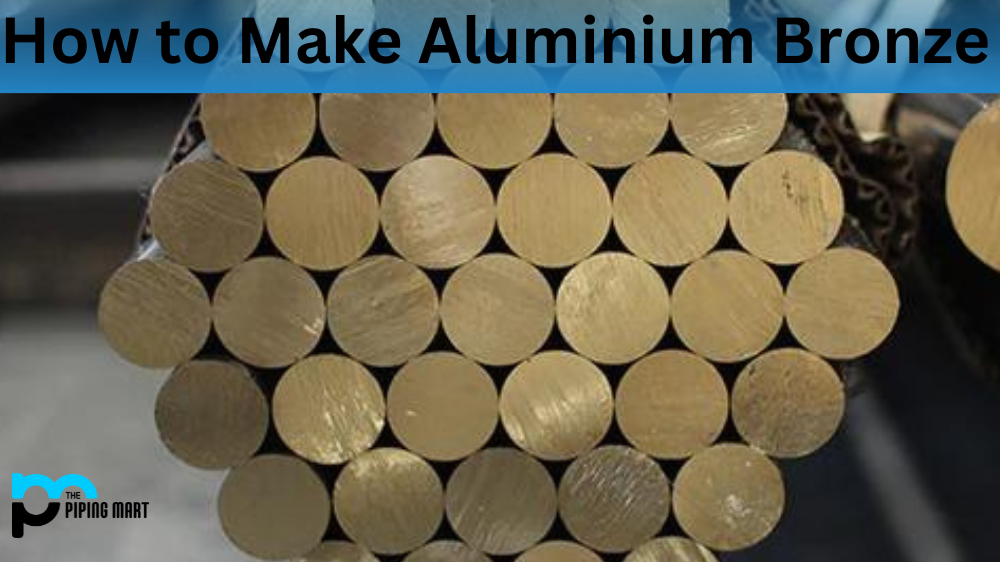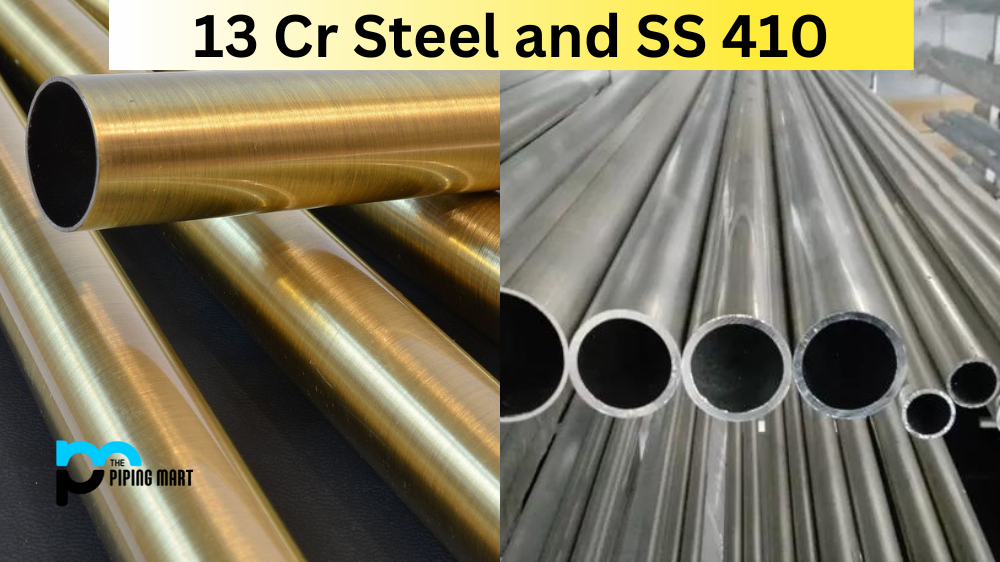It is important to understand the various steel grades available when purchasing steel, especially when choosing between A1008 and A36 steel. These steels are commonly used in construction and fabrication, but their differences can affect their use and performance. This blog post will explore the differences between A1008 and A36 steel, including their properties, applications, and advantages.
Difference Between A1008 and A36 Steel
Properties
A1008 steel is cold-rolled steel, also known as CRS or “commercial quality,” that is low in carbon and has a smooth surface finish. A36 steel, on the other hand, is a hot-rolled steel with a rough, scaly surface and a higher carbon content. Because of these differences, A1008 steel may be better suited for applications where a smooth surface is important. In contrast, A36 steel may be more appropriate for applications where strength is the primary concern.
Applications
A1008 steel is commonly used in automotive parts, appliances, furniture, and various construction projects. It is often used for forming, drawing, and deep-drawing applications because of its excellent surface quality and flatness. A36 steel, on the other hand, is used in a wide range of industrial and construction projects, including structural applications, such as beams and columns, and construction equipment, such as bulldozers and cranes.
Advantages
One of the main advantages of A1008 steel is its excellent formability, which allows it to be easily formed into complex shapes without cracking or breaking. It also has good weldability and can be easily welded or brazed using various methods. A36 steel, on the other hand, has a higher strength-to-weight ratio and is often used in applications that require high strength and durability. It is also more resistant to corrosion than A1008 steel.
Cost and Availability
One of the factors that can influence the choice between A1008 and A36 steel is their cost and availability. A1008 steel is generally less expensive than A36 steel and is often used in applications where cost is a primary concern. A36 steel, however, is more widely available and may be more cost-effective in larger quantities.
Which Steel to Choose?
So, which steel should you choose for your next project? The answer depends on your specific needs and requirements. If you need steel that is easy to form and has a smooth surface finish, A1008 steel may be the best option. On the other hand, if you need strong, durable, and corrosion-resistant steel, A36 steel may be a better choice. Ultimately, the decision comes down to carefully evaluating your needs and considering the cost and availability of each type of steel.
Conclusion
Understanding the differences between A1008 and A36 steel is crucial when choosing the best option for your next project. While they may appear similar at first glance, these two steel grades have distinct properties, applications, and advantages that can affect their performance. By carefully evaluating your needs and considering the cost and availability of each type of steel, you can make an informed decision that will ensure success and durability in your project.

Hey, I’m Krutik, a casual blogger expert in the metal industry. I am passionate about providing valuable information to my readers. With a background in engineering and construction, I like playing Cricket & watching Netflix shows in my free time. Thank you for visiting my blog, and I hope you find my information helpful!




